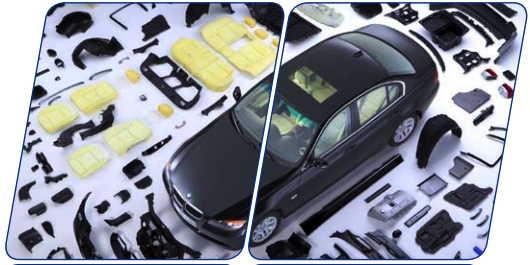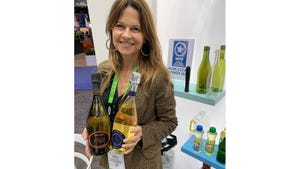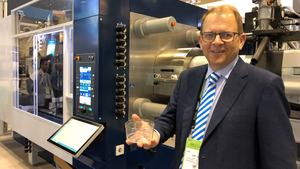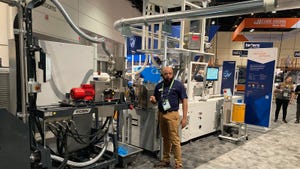German consultant’s report details plastics usage in automobiles
October 14, 2016

The automotive industry is a dynamically growing market for plastics: In addition to the global stock of already more than 1.2 billion vehicles, more than 90 million units are added every year. German consulting company Ceresana estimates that this car production level equates to plastics consumption of 15 million tonnes per year (or 167 kg per vehicle).
Ceresana says it has comprehensively analyzed the market for automotive plastics as a whole and the demand for individual types of plastics. The segments seats and upholstery, interior trim, dashboard, bumpers and lighting, exterior trim, under the hood and fuel system, electric and electronics, and others are differentiated. In 2015, the segment under the hood and fuel system was the most important application area with a demand of around 2.6 million tonnes of plastics. Demand for exterior trim is especially likely to grow further: at rates of presumably 4.5% per year.
The most commonly used plastic in automobiles is polypropylene (PP) according to Ceresana: This type accounts for about 28% of total demand. In the past eight years, demand for PP in the automotive industry increased by, on average, 3.1% per year. About one third of the PP consumed in the production of vehicles is used by the segment bumpers and lighting.
|
The average vehicle employs around 167 kg according to German consultant Ceresana. |
In addition, HDPE, LDPE, and LLDPE are used in vehicles mainly under the hood and for fuel systems. This segment accounts for about 45% of demand with HDPE being the dominant product type. Demand for polyethylene amounts to almost 3 million tonnes which is slightly more than the demand volume of polyurethane (PUR). Demand for PUR has increased by 3.6% per year since 2007 according to Ceresana, especially for the segment seats and upholstery.
Ceresana’s report, Market Study: Automotive Plastics, provides a presentation of the global market for plastics in the automotive industry – including forecasts up to 2023. Data on demand and revenues is analyzed in the regions Western Europe, Eastern Europe, North America, South America, Asia-Pacific, the Middle East, and Africa.
Chapter 2 provides market data for the 16 most important countries, that is, country-specific information on demand and revenues. Demand is analyzed in detail split by several application areas and plastic types.
Chapter 3 thoroughly examines the application areas for automotive plastics including: seats / upholstery, interior trim, dashboard, E&E / others, bumpers / lighting, exterior trim, under the hood / fuel system. These sales markets are split by both the world regions and the most important countries.
Chapter 4 examines the demand for the individual types of plastics: namely polypropylene (PP), polyethylene (LDPE, LLDPE, HDPE), polyurethane (PUR), acrylonitrile butadiene styrene (ABS), polyamide (PA), polyvinyl chloride (PVC), polycarbonate (PC), polymethyl methacrylate (PMMA), as well as other types of plastics.
Finally, Chapter 5 provides profiles of the largest manufacturers of automotive plastics – clearly arranged according to contact details, turnover, profit, product range, production sites, and profile summary. Extensive profiles of 84 manufacturers are given, for example of Celanese Corp., China National Offshore Oil Corporation (CNOOC), Grupa Azoty S.A., INEOS Group Ltd., LG Chem Ltd., Lotte Chemical Corp., Mitsubishi Chemical Holdings Corp., National Petrochemical Company (NPC), Saudi Basic Industries Corp. (SABIC), and Versalis S.p.A.
You May Also Like



